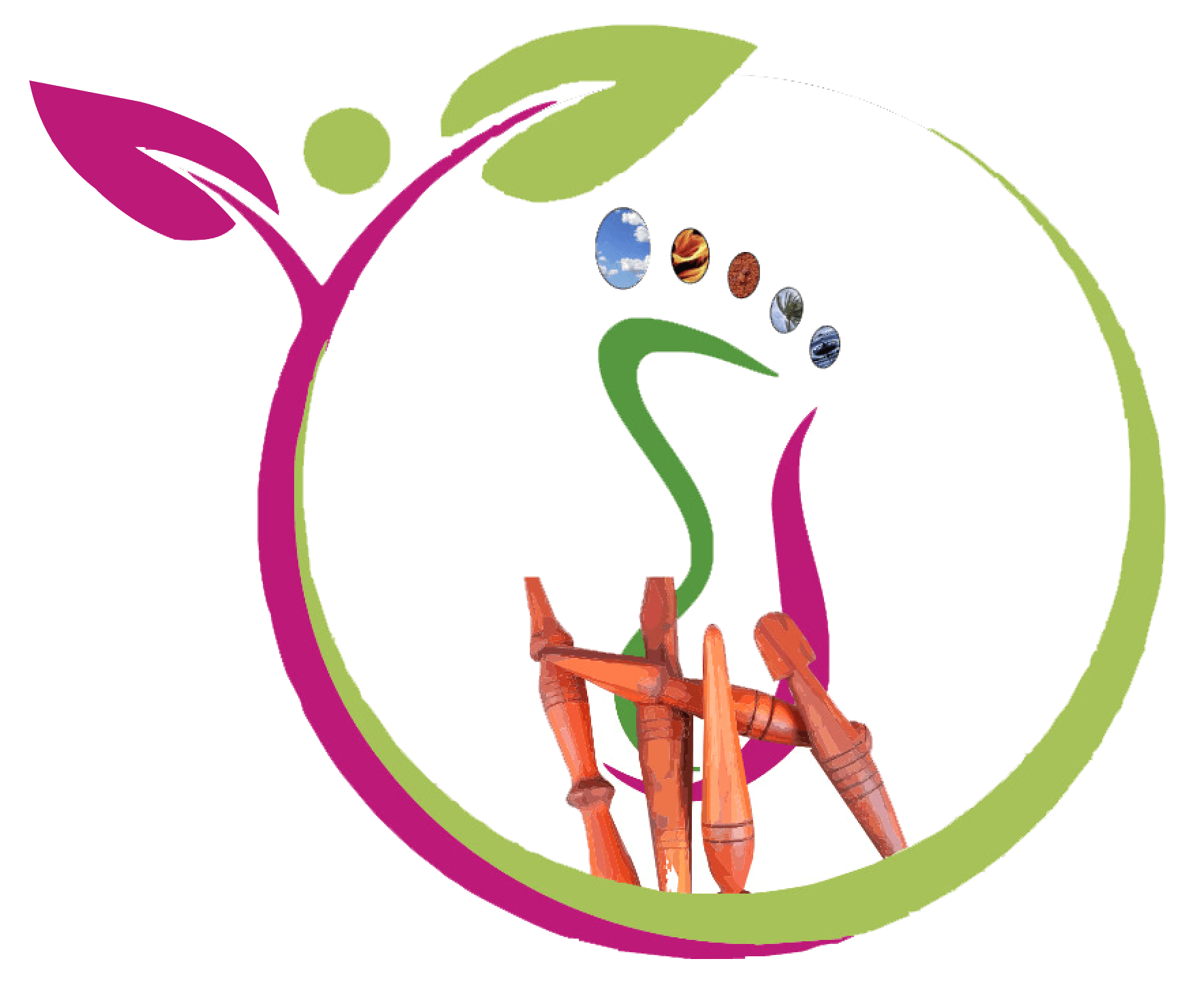In the hustle and bustle of everyday life, stress and tension can accumulate in various parts of our body. Often, we forget that the feet—our foundation—carry a significant load. Foot reflexology, an ancient practice rooted in traditional Chinese medicine, offers a holistic way to promote relaxation, improve circulation, and revitalize your entire body. By stimulating specific pressure points on the feet, reflexology can help unlock pathways to better health and well-being. In this blog, we’ll explore the techniques and tips to get the most out of foot reflexology for self-care and wellness.
What Is Foot Reflexology?
Foot reflexology is a therapeutic practice based on the idea that certain points on the feet correspond to specific organs and systems in the body. By applying targeted pressure to these reflex points, a trained practitioner or even an individual can trigger the body’s natural healing mechanisms, enhancing circulation and relieving tension. Reflexology aims to restore balance, clear blockages in energy flow, and promote overall vitality.
Benefits of Foot Reflexology
Before diving into the techniques, let’s take a look at some of the key benefits of foot reflexology:
- Stress Relief: One of the primary benefits of foot reflexology is its ability to calm the nervous system, reducing stress and anxiety.
- Improved Circulation: Reflexology stimulates blood flow, which helps oxygenate the tissues and remove toxins.
- Pain Management: Regular reflexology sessions can help alleviate chronic pain, particularly in areas like the lower back, neck, and joints.
- Boosted Energy Levels: Reflexology helps balance energy throughout the body, leaving you feeling more invigorated.
- Enhanced Sleep: The relaxation response triggered by reflexology can lead to deeper, more restful sleep.
Key Reflexology Points on the Feet
Different areas of the feet correspond to various parts of the body. Here’s a quick guide to some of the most important reflex points:
- Toes: Correspond to the head and brain. Massaging the toes can help with headaches and mental fatigue.
- Ball of the Foot: Linked to the lungs and chest. Stimulating this area can improve respiratory function and reduce congestion.
- Arch of the Foot: Related to the digestive organs. Applying pressure here may aid digestion and help relieve bloating.
- Heel: Associated with the lower back and sciatic nerve. This area is excellent for targeting lower back pain.
Simple Foot Reflexology Techniques
Whether you’re practicing on yourself or giving a reflexology massage to a loved one, these easy techniques can bring instant relief and relaxation.
- Thumb Walking: One of the most common techniques in reflexology, thumb walking involves using your thumb to press and release points along the foot. Start at the heel and move toward the toes, applying steady pressure as you “walk” your thumb across the foot.
- Circular Pressure: Apply gentle circular pressure to reflex points using your thumb or fingers. This technique helps to stimulate blood flow and release tension in the corresponding areas of the body.
- Toe Pulls: Gently pull each toe, starting from the big toe to the little one. This technique helps relieve tension in the head and neck.
- Foot Rolling: Use a tennis ball or a specialized foot roller to roll under the foot. This technique is particularly effective for relaxing tight muscles and stimulating circulation.
Reflexology Tips for Best Results
To get the most out of your foot reflexology practice, keep these helpful tips in mind:
- Create a Relaxing Environment: Set up a calm, peaceful space for your reflexology session. Dim the lights, play soothing music, and use essential oils like lavender or eucalyptus to enhance the relaxation process.
- Hydrate Before and After: Drinking water before and after your session helps flush out toxins released during the massage.
- Consistency Is Key: Regular reflexology sessions—either daily or a few times a week—can offer the most benefit. The more consistent you are, the more your body will respond to the treatment.
- Listen to Your Body: Pay attention to how your body reacts during and after the session. Certain reflex points may feel more sensitive, which could indicate areas of tension or imbalance that need more care.
When to Consult a Professional
While reflexology is a safe and gentle practice, some conditions may require professional guidance. If you are pregnant, have circulatory issues, or experience chronic pain, consult with a licensed reflexologist before starting self-treatment.
Conclusion
Foot reflexology is a powerful tool that can help restore balance, reduce stress, and promote overall wellness. Whether you’re a seasoned practitioner or just beginning, incorporating these techniques into your routine can lead to profound physical and emotional benefits. Take some time to pamper your feet and, in turn, revitalize your entire body. With a little practice and attention, you’ll unlock the healing potential that lies in the soles of your feet!



